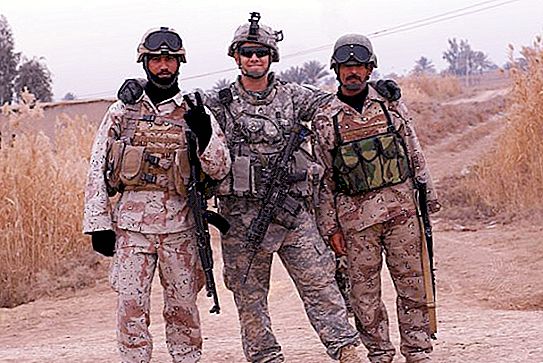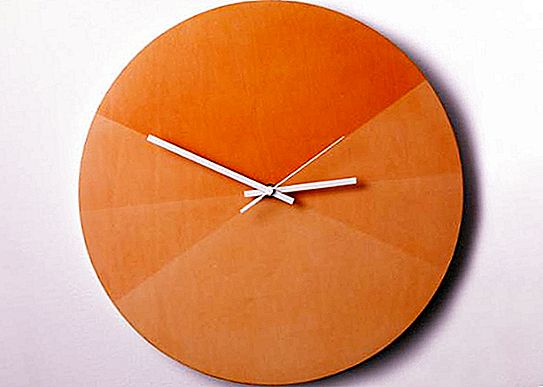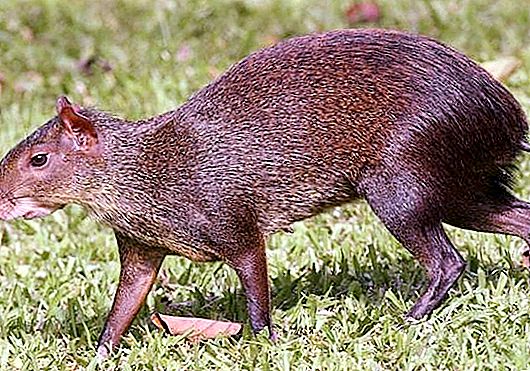Fixed assets - one of the most important elements of production. They are a combination of values that have a material expression and are used as means of labor for a long time or several times. Moreover, their natural form does not change, and the cost is transferred to the created products and services. The classification of fixed assets is made on several grounds. Therefore, their composition is quite diverse.
Concept disclosure
The concept of fixed assets is one of the most important in accounting. This category includes objects that meet the following characteristics:
- Use in the process of creating products, providing services, performing work, as well as for needs related to enterprise management.
- Service life not less than a year.
- The company has no plans to resell the property.
- The presence of an object's ability to generate future income for the enterprise.
- Cost is above a certain value. Since 2006, facilities worth more than 40, 000 rubles per unit have been included.
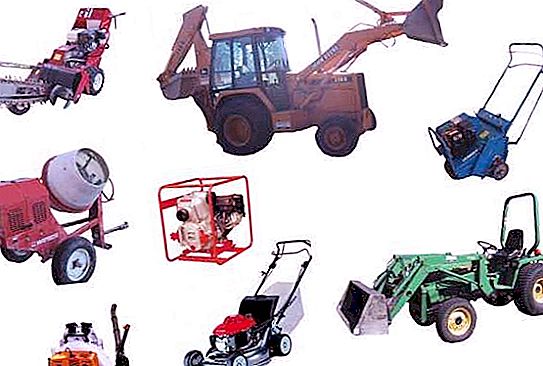
The concept and classification of fixed assets, as well as their characteristics are set forth in the Accounting Regulations approved by the Ministry of Finance of the Russian Federation. It is called "Accounting for fixed assets" and is indicated by the abbreviation with the number - PBU 6/01.
The totality of all fixed assets on the balance sheet of the enterprise forms its production and technical base and determines its production capacity.
Movement of objects
Fixed assets have a long service life, during which they are in constant motion. Their life cycle begins with admission to the enterprise. Then, during operation, they gradually wear out, undergo repairs, and move within the organization. As a result, fixed assets are eliminated from the enterprise due to disrepair or lack of expediency of further application.

The increase in the efficiency of their use is achieved by increasing the time and shift of work, reducing downtime, increasing productivity and output.
Types of objects in the production process
There is a classification of fixed assets according to their participation in the production process. On this basis, two types of described objects are distinguished:
- production;
- non-productive.
The first type operates in the sphere of material production. Such objects are involved in the production process repeatedly. They gradually wear out. Their cost is transferred to the manufactured product. This happens in parts as you use it.
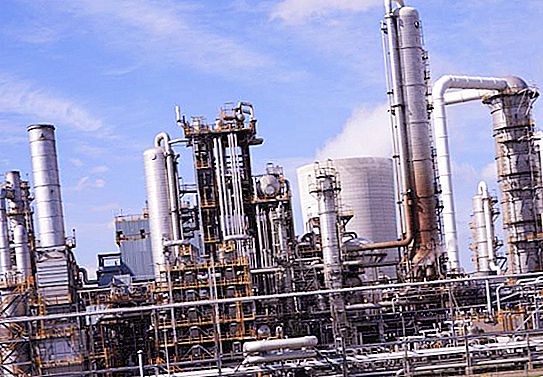
The second type is not involved in the production process. The cost of fixed assets disappears in consumption. These include buildings intended for housing or having a cultural and domestic purpose and listed on the balance sheet of the organization. They do not directly affect the volume of production, but indirectly affect the results of operations. They are associated with improving the well-being of employees and raising their standard of living. In the end, this will positively affect the performance of the organization.
Role
The nature and classification of fixed assets determine their role in the labor process. They characterize the capabilities of the enterprise for the production of products. They also show the level and scale of the technical equipment of labor. The increase in fixed assets will increase these indicators. Their updating and improvement is the most important condition for the production of high-quality products with a reduction in labor costs, an increase in labor productivity and a reduction in the cost of production.
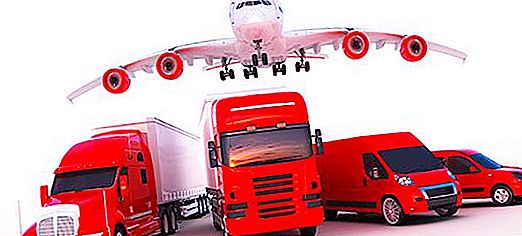
The enterprises carry out regular statistical reporting, showing the presence and movement of objects, their revaluation. Sample surveys are conducted.
Directory
The classification of fixed assets takes place by their types and purpose. A special guide has been developed for this. It is called the All-Russian Classifier of Fixed Assets (OKOF). It is part of the Unified System for the Classification and Coding of Technical, Economic and Social Information (ESKK).
During its development, international and Russian regulatory documents, standards and regulations on accounting and reporting have been taken into account.
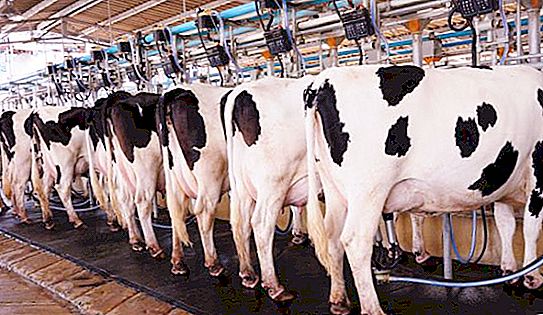
The classification of fixed assets is carried out at all enterprises and institutions according to OKOF. This guide contains information that helps you solve important problems. The composition and classification of fixed assets, their condition, capital intensity, capital productivity, capital productivity, recommended standards for overhauls - these are only part of the indicators identified by OKOF.
Material objects
Fixed assets are divided into two types: tangible and intangible. It depends on their purpose and use in the activities of the organization.
So, the classification of fixed assets to the material category includes the following objects:
1) Non-residential buildings. These are objects whose purpose is to create conditions for work, to store material assets. This also includes buildings of socio-cultural importance. For example, buildings of factories, warehouses, pumping stations, laboratories.
2) Residential buildings. It is important to understand that this group includes objects intended exclusively not for temporary residence.
3) Facilities. This group includes the classification of fixed assets of an enterprise includes engineering and construction projects that ensure the implementation of the production process. At the same time, they are understood to mean separate structures, including devices that are integral with it. For example: bridges, oil wells, trunk pipelines.
4) Machinery and equipment. This group includes devices designed to convert information, energy, materials. The classification of fixed assets of the enterprise divides this item into subgroups:
- Power machines and equipment. This includes objects that produce or transform energy.
- Working machines and equipment. This includes all technological equipment.
- Information equipment - computer engineering, information storage facilities, office equipment, communication systems equipment.
5) Transport intended for the movement of goods and people: cars, locomotives, ships, icebreakers, buses, trailers, airplanes.
6) Production and household equipment. The first type includes containers used for storing liquids, containers for bulk materials, as well as furniture designed to facilitate production operations. The second type includes objects that are not used in the production process. For example, fireproof items, watches.
7) Productive, breeding, working cattle. This includes animals that are used several times or constantly to obtain any food. For example, cows, camels, sheep. Also in this group are animal producers. This does not include young animals and cattle for slaughter.
8) Perennial plantings. This category includes various green spaces. For example, park trees, vegetation, forming alleys.
Intangible objects
The classification of fixed assets as intangible assets includes intellectual property, computer software, high-tech industrial technologies, databases, mineral exploration expenses. That is, objects that do not have a physical form fall into this category.
Exceptions
The classification and structure of fixed assets excludes the following from their composition:
- All items having a service life of less than one year.
- Items worth less than 40, 000 rubles per unit. This clause is worth the reservation. Agricultural machinery, mechanized construction tools, productive and livestock are fixed assets, even if their value is less than the specified amount.
- Temporary constructions, devices, devices. The costs of their construction are included in overhead costs and are included in the cost of construction and installation.
- Machines and equipment that are listed as finished products in warehouses that are in transit or put into installation.
Types of objects by role in economic activity
The classification of fixed assets distinguishes two parts among them, depending on their role in the economic activity of the enterprise. So, working machines and equipment, technical structures, measuring instruments and devices are directly involved in the production process. They form the active part. Buildings and equipment have an indirect effect on production. They are a passive part.
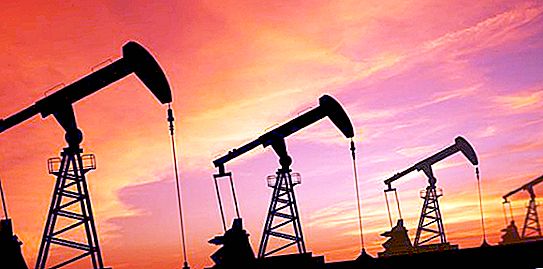
The share of the active part shows the degree of technical excellence, production capacity, enterprise capabilities. The proportion of each part can be distinguished from the structure of fixed assets.
Production structure
The share of each group of objects in their total value characterizes the production structure. The amount of output per 1 ruble of fixed assets depends on how much the active part prevails over the passive part.
This indicator is the highest in enterprises with good technical equipment. The production structure of fixed assets is not the same even in enterprises of the same industry.
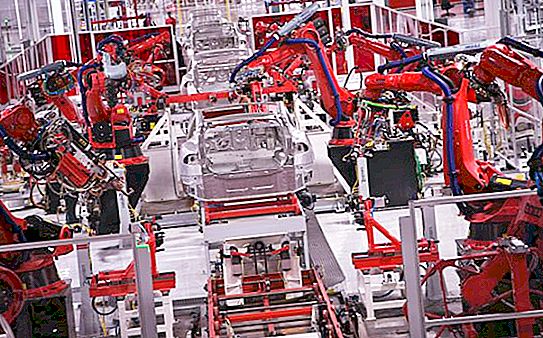
In engineering, the active part, as a rule, is less than 50%. In the specific gravity, the passive part prevails. For example, buildings.
In the oil industry, on the contrary, the active part prevails. Most of the manufacturing process in this industry takes place in open areas. The main production process occurs with the help of wells, pipelines. That is, the share of the active part of fixed assets prevails over the passive.
The age structure is also characteristic of objects. According to it, fixed assets are distributed among age groups at intervals of five years. An important task is to prevent excessive aging of objects.
Types of objects by degree of use
The classification and structure of fixed assets by such an indicator as the degree of use is as follows:
- Objects in operation. This includes all fixed assets listed on the balance sheet of the enterprise.
- Objects in reserve - fixed assets temporarily decommissioned.
- Objects under reconstruction, partial liquidation.
- Objects on conservation.

